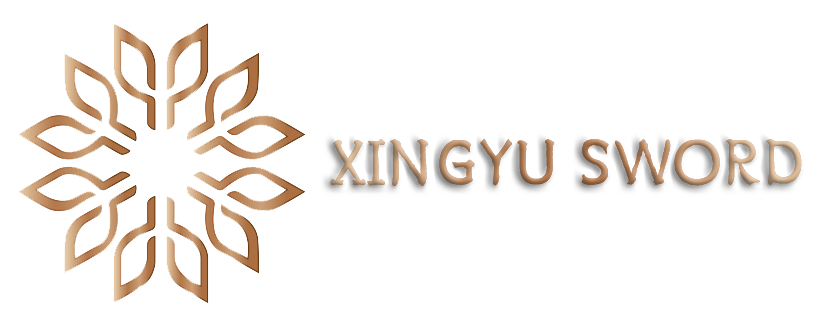“Katana history and Katana meaning”
The katana, known as the soul of the samurai, is a symbol that is representative enough of Japan in the realm of politics, culture, history, and secondary creations. katana is unique in the world, and even though it is fundamentally a weapon, the high level of skill required to craft such a beautiful sword greatly increases its value, making it known as a sacred object and a symbol of authority.
The Japanese samurai, who often appear in movies and anime, are representative of Japanese cultural output, and the Japanese sword is well known as a symbol of these samurai. The real name of these so-called Japanese swords is katana, which came into existence at the end of the Shogunate, but is synonymous with the spirit of the samurai in every sense of the word. While the samurai class gradually declined, the katana exploded into an enduring luster that has become a cultural legacy through the centuries, and appreciation of the katana has become a legend that crosses cultures and genres, striking a deep chord in the hearts of history buffs, Japan enthusiasts, and comic book fans around the world.
Basic knowledge:Katana parts and terminology
The Japanese samurai, who often appear in movies and anime, are representative of Japanese cultural output, and the Japanese sword is well known as a symbol of these samurai. The real name of these so-called Japanese swords is katana, which came into existence at the end of the Shogunate, but is synonymous with the spirit of the samurai in every sense of the word. While the samurai class gradually declined, the katana exploded into an enduring luster that has become a cultural legacy through the centuries, and appreciation of the katana has become a legend that crosses cultures and genres, striking a deep chord in the hearts of history buffs, Japan enthusiasts, and comic book fans around the world.
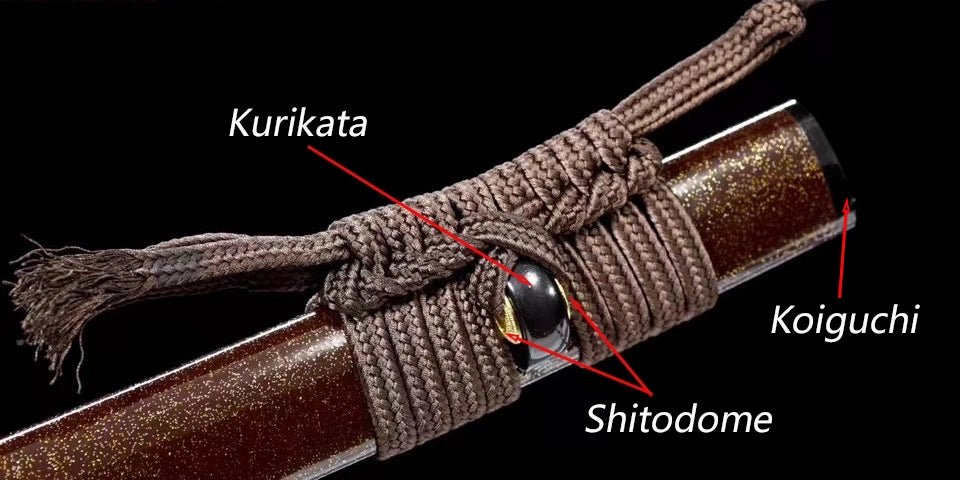
The kimono is the formal koshirae, which is much more complex than the shirasaya, and consists of a dozen or so parts, including kashira, menuki, tsukamaki, fuchi, tsuba, seppa, kogai, kaeritsuno, ...
Read more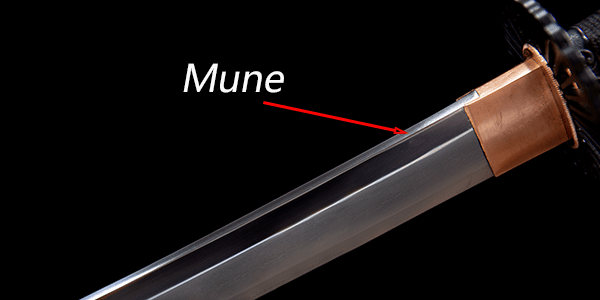
Mune-The back of a Japanese sword
Mune is the surface of the back of the Japanese sword, which is used to ward off attacks and to withstand external blows, and is thickly molded and is the ridge on the side of the blade opposite th...
Read more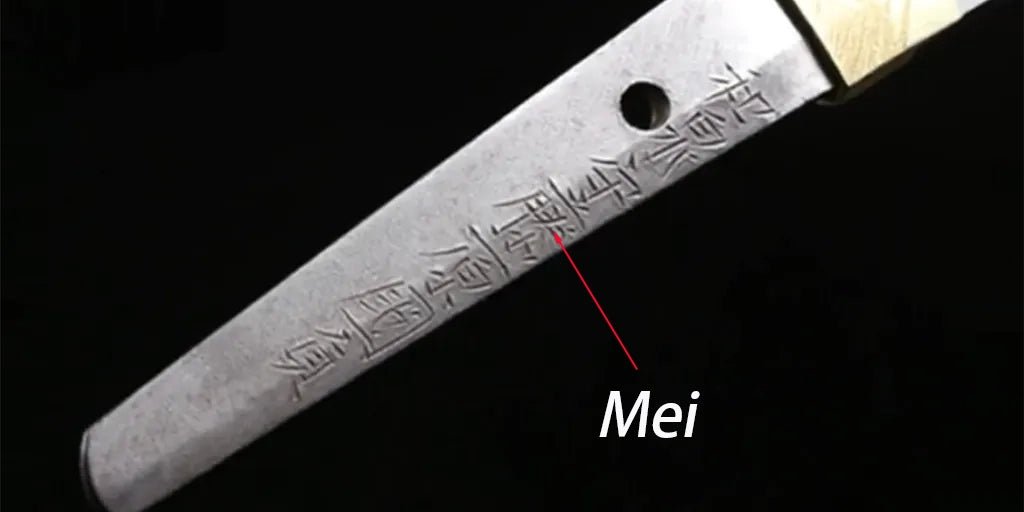
Mei Katana : Signature on the hilt of the sword
Mei "refers to the text carved on the stem of the sword, which generally includes the swordsman and the year of making the sword. Mei is considered an important basis in the identification of Japan...
Read more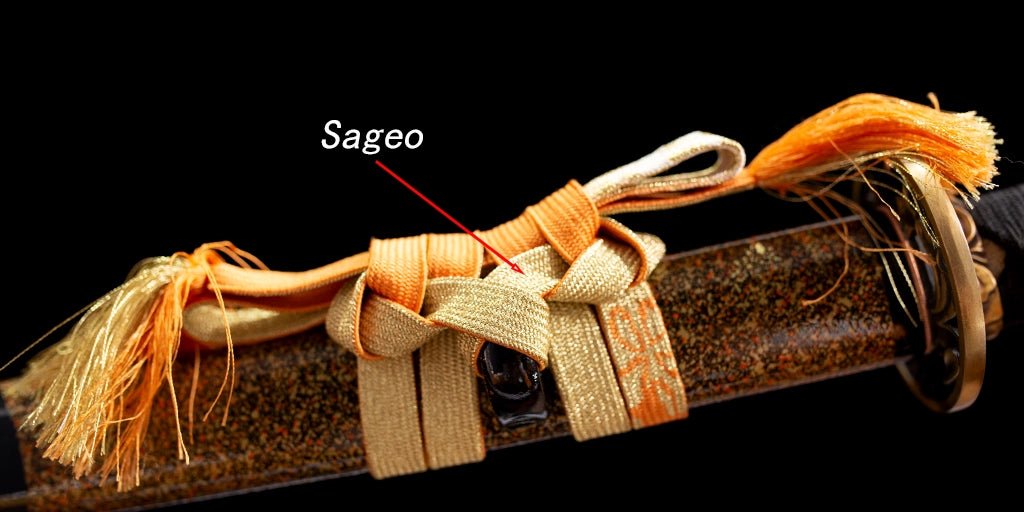
Sageo is a rope on Saya, which gradually evolved into an ornament as the practicality of Japanese swords disappeared. Katana and Wakizashi are both inserted into the waist, and only Tachi's Sageo (...
Read more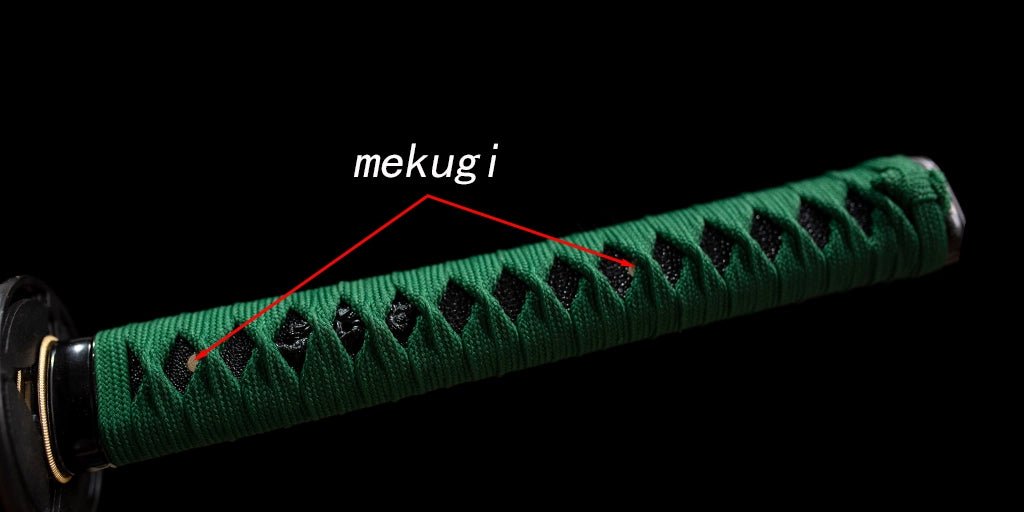
Mekugi: Props used to fix the handle and nakago
Mekugi is a prop similar to a pin that firmly secures the handle of the knife to the nakago, preventing it from falling out during the action. The holes in the handle and nakago are called "OYATSUB...
Read more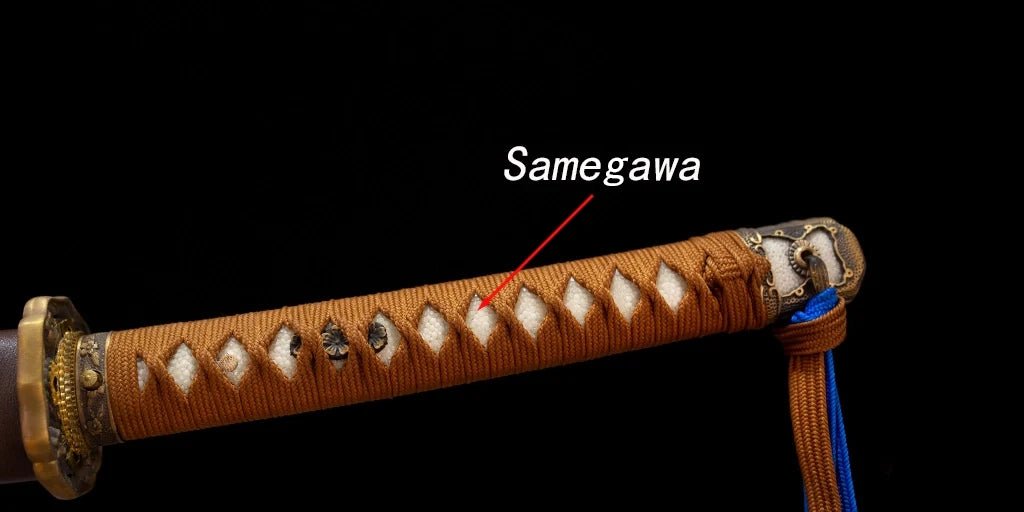
Samegawa: Ray skin of katana handle
Ray skin alias“Samegawa” is the stingray leather on the handle of the katana, and in the early days of China, large quantities of stingray skins were imported from the South Seas, and were called...
Read more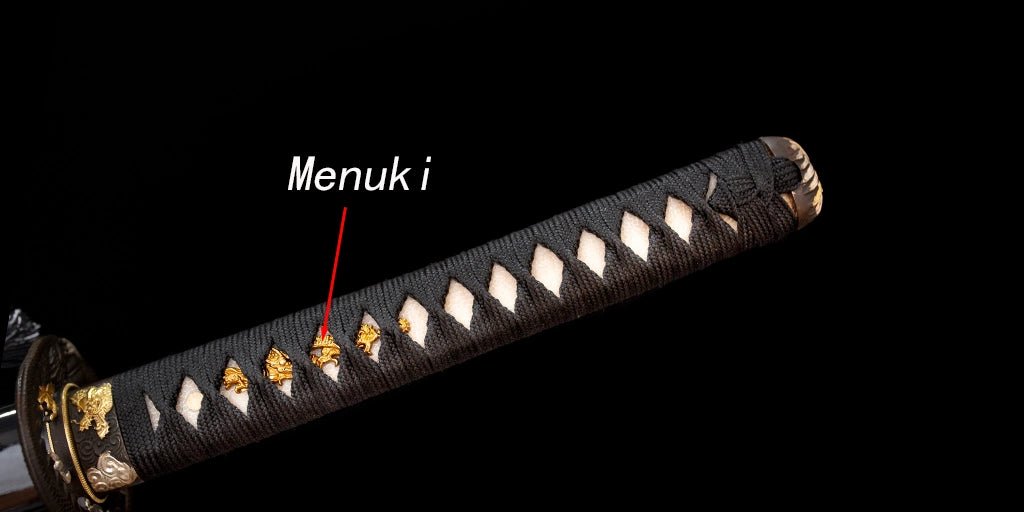
Katana menuki: Metal ornaments on both sides of the handle
Menuki are an important part of the hilt of Japanese swords. It is tied to the hilt, not only for decoration but also to prevent slipping, making it a small item that combines practicality and aest...
Read more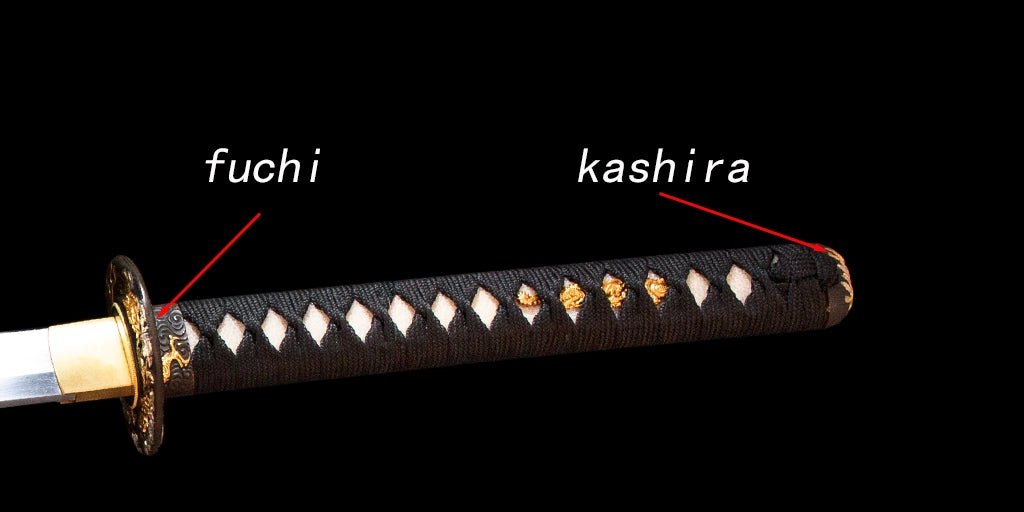
Katana fuchi kashira: Metal on both ends of the handle
Before the Edo period, the themes of kashira and fuchi did not necessarily have to be the same, but since the Edo period it has been emphasized that kashira and fuchi must have the same theme to be...
Read more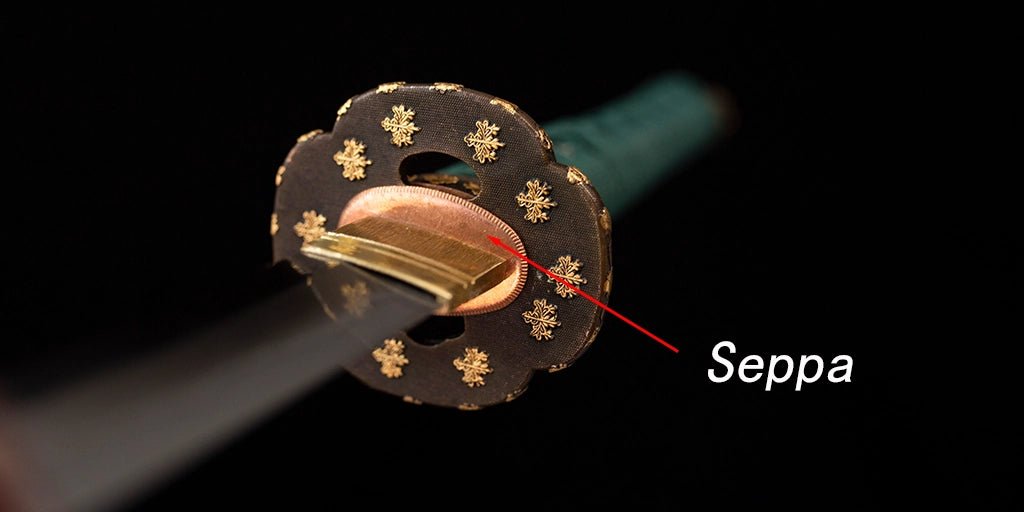
Seppa katana : Located between Tsuba and Habaki of the Japanese sword
Seppa is positioned between the habaki and tsuba, and the tsuba and fuchi. It serves as a shock absorber to prevent the tsuba from deflecting or the tsuba from coming into direct contact with the b...
Read moreKatana Talk:Historical Essays
The katana is a unique steel work of art whose blade can be appreciated in many ways, not only as a weapon of superior performance, but also as a reflection of the bladesmith's sophisticated metallurgical skills and scientific thinking. Beyond its own shape, the most crucial aesthetic element of katana lies in the different crystal structures and forms of the steel.
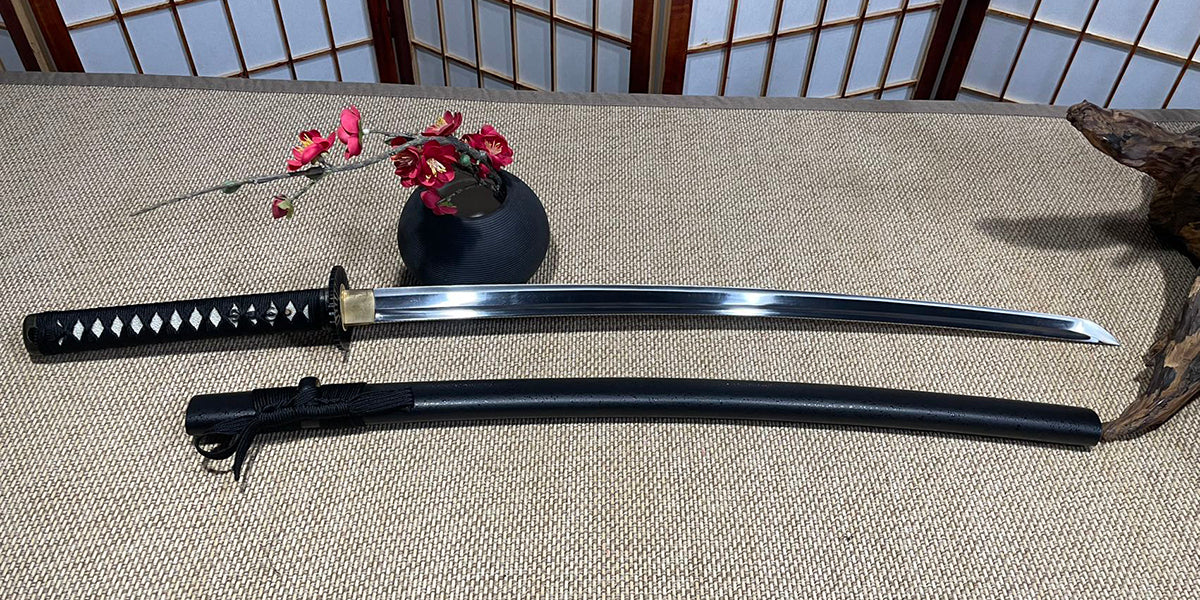
Modern swordsmiths make two types of Japanese swords, the real sword, also known as “Shinken”, which means a living blade or an art sword in the traditional sense, and the iaito sword, which is a t...
Read more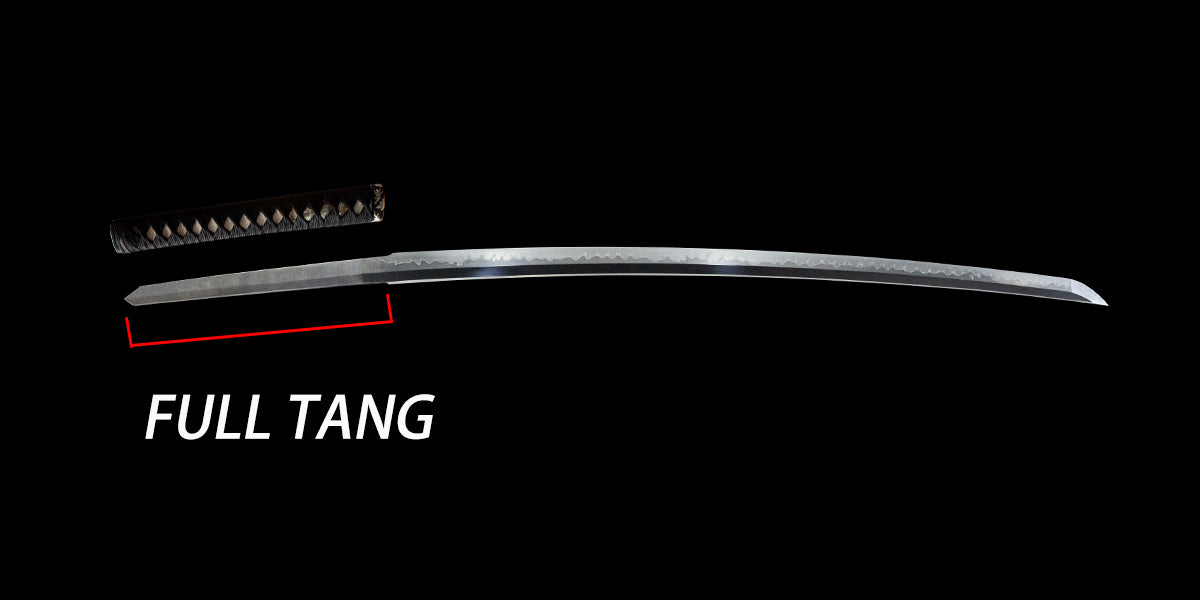
Full Tanga Katana buying Guide
One word that newcomers to katana often see when they are new to katana is Full Tang, and for those who don't know it well, they often overlook this hidden structure within katana, so how important...
Read more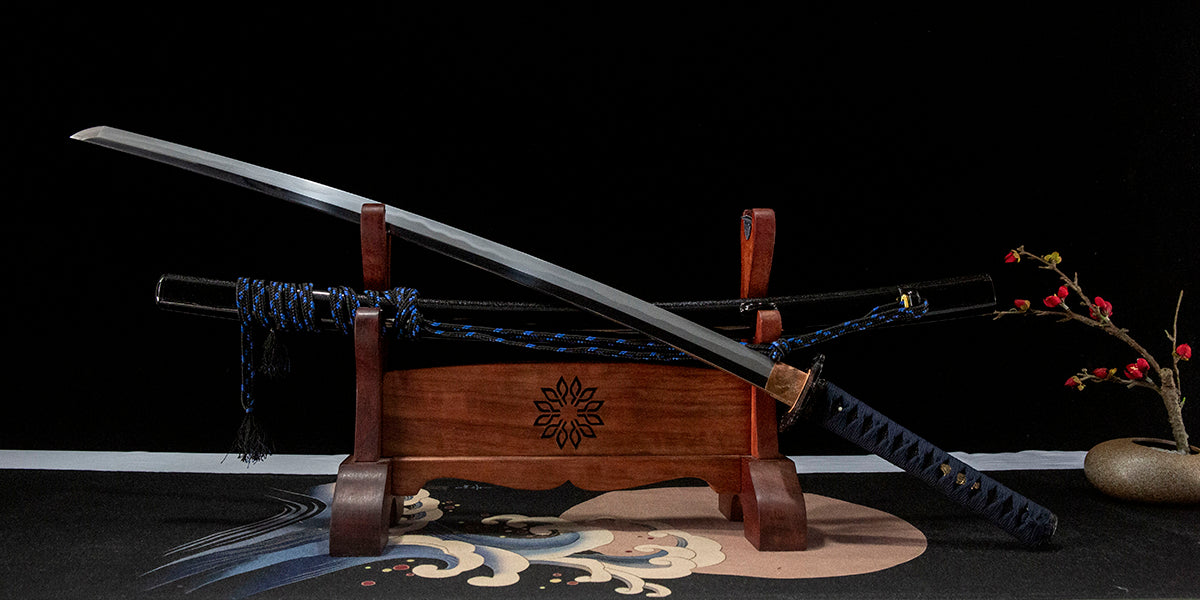
The katana, the world's most recognizable cold weapon, has been known since ancient times for its beautiful shape, and many of its famous blades have been collected as works of art. One of the most...
Read more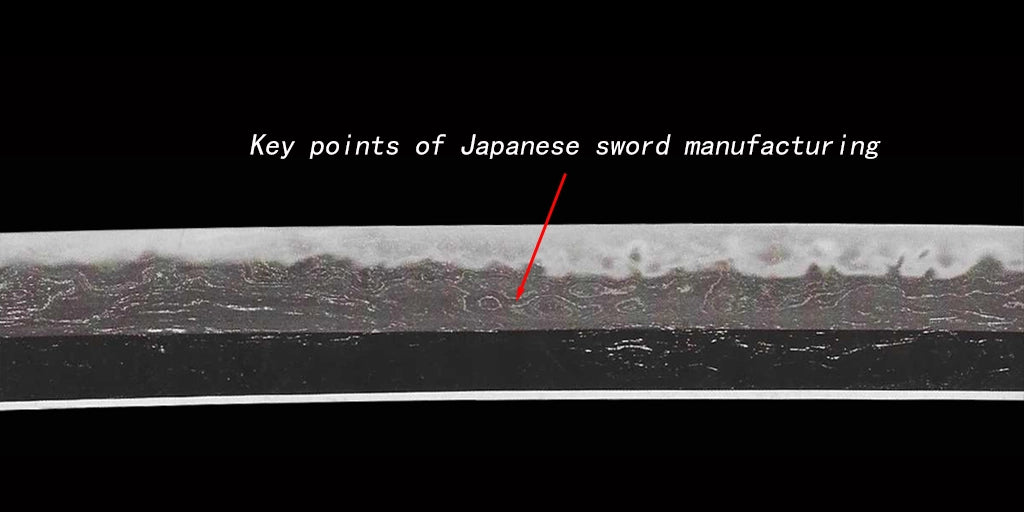
Jihada and jigane-Folded steel katana
The steel (jigane) on the surface of a Japanese sword has a definite color and texture. Examining a well-made and ground Japanese sword usually reveals a clear color and fine texture, it is common ...
Read more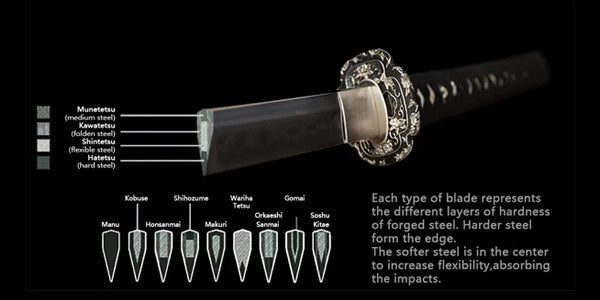
Basic knowledge-Katana structure
Katana is characterized by the use of shingane, which is soft and has a low carbon content, wrapped and forged with ka-wagane, which has a high carbon content. and since the nature of katana depend...
Read more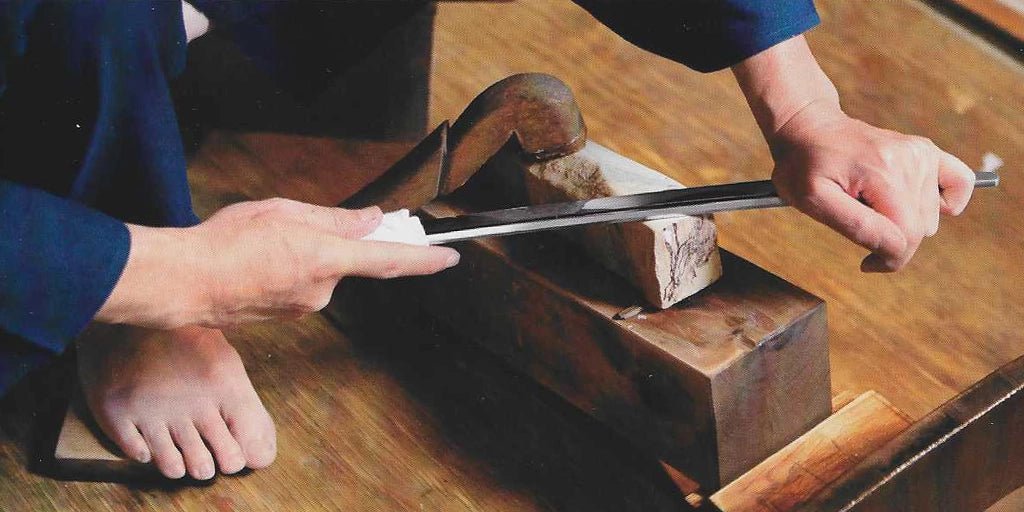
Grind-The key to Katana sharpness
If katana is not ground, the secret of its unparalleled sharpness will not be revealed. Like the manufacture of swords, the grinding of katana is highly advanced. It requires a lot of meticulous cr...
Read moreThe Art of the steel:Key points for making katana blade
Today, although many young people know very little about katana, basically anyone who comes into contact with it will be fascinated by the high respect that katana and the swordsmiths behind it display. katana has evolved over the centuries along with Japanese remediation and fighting styles, but there are still certain higher principles that have finally been put in place. Just as good wine must be brewed under restrictions recognized by liquor experts, katana has a set of standards that need to be followed.
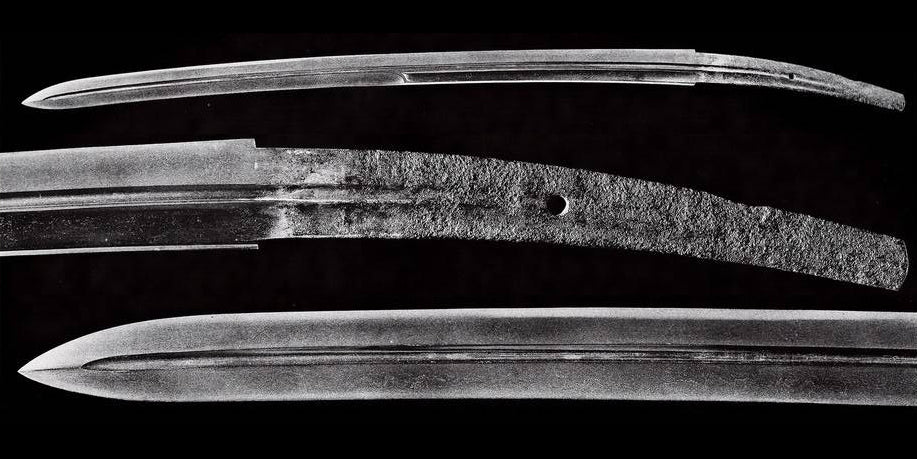
Double edge Katana-Kissaki-Moroha-Zukuri
The kissaki-moroha-zukuri is known as the father of the Japanese sword. It has the shape of a sori, which is common in Japanese swords, but has a double-sided blade, which means that it has the cha...
Read more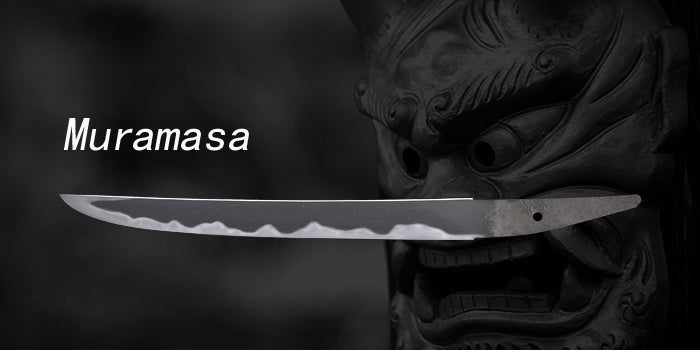
Does Muramasa katana really represent evil?
According to legend, in ancient Japan there were two very famous Japanese swords, one named Muramasa and the other known as Masamune, if Masamune was the world's number one work of art, Muramasa wa...
Read more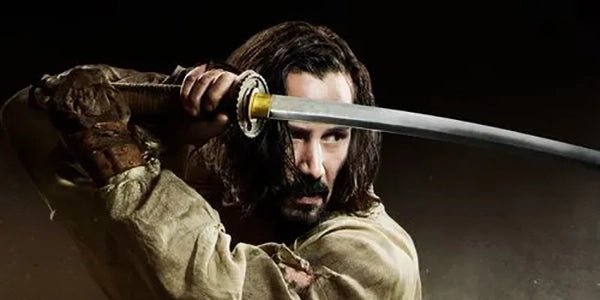
The ronin, as a group of vagrants gradually developed into a civilian force group, the source of weapons must be very scarce, the productivity of ancient times is also very difficult to achieve a u...
Read more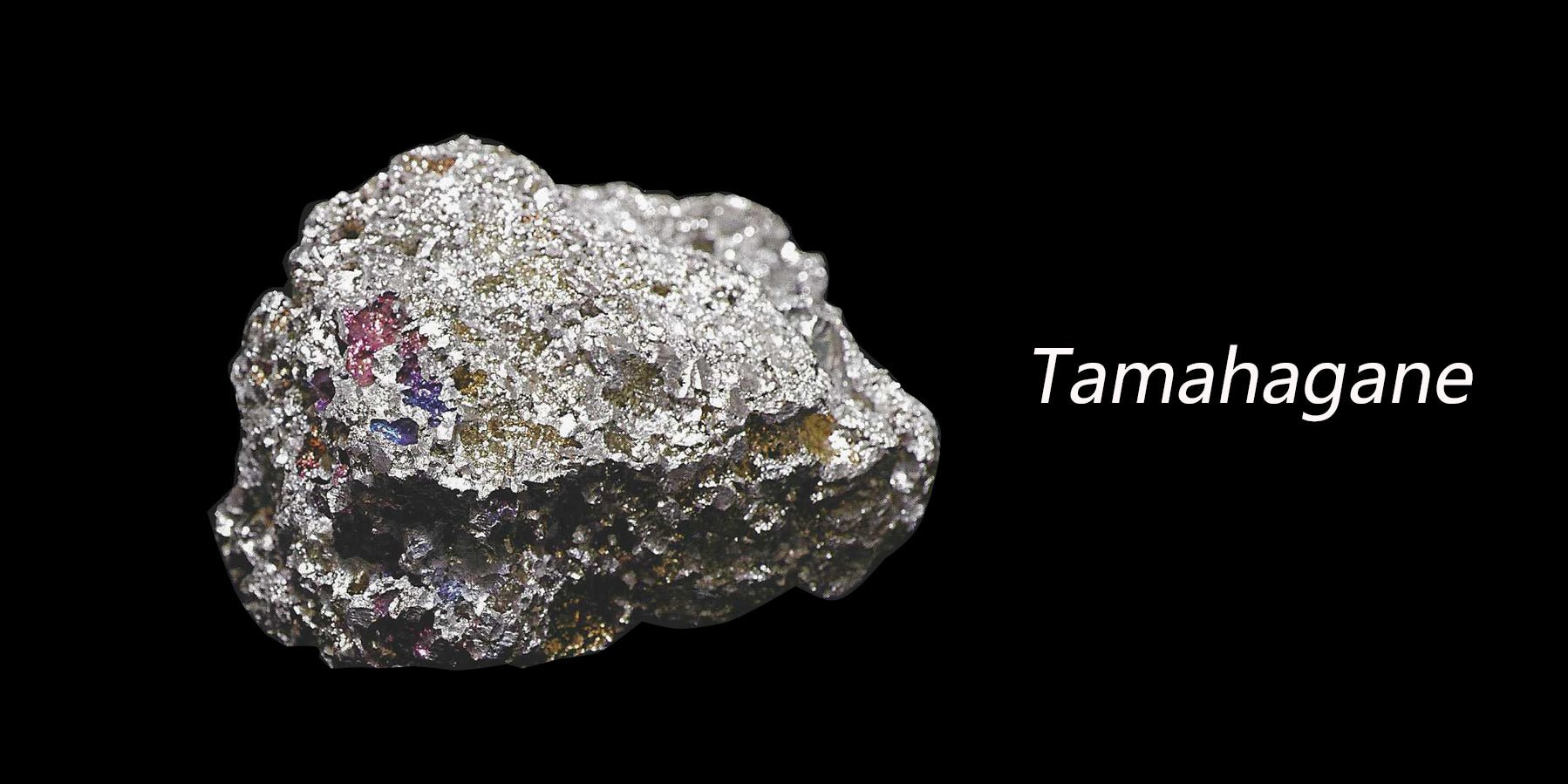
Is tamahagane the strongest Japanese steel ?
The art of sword making has deep cultural, spiritual and historical significance in Japan. tamahagane, the traditional method used to make swords, has been passed down from generation to generation...
Read more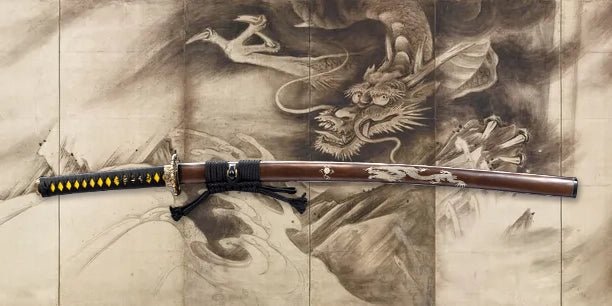
The dragon element applied to katana is a strong combination. katana occupies an important influence on Japanese culture, and dragons have been accepted by the local Japanese in the Yayoi era as a ...
Read more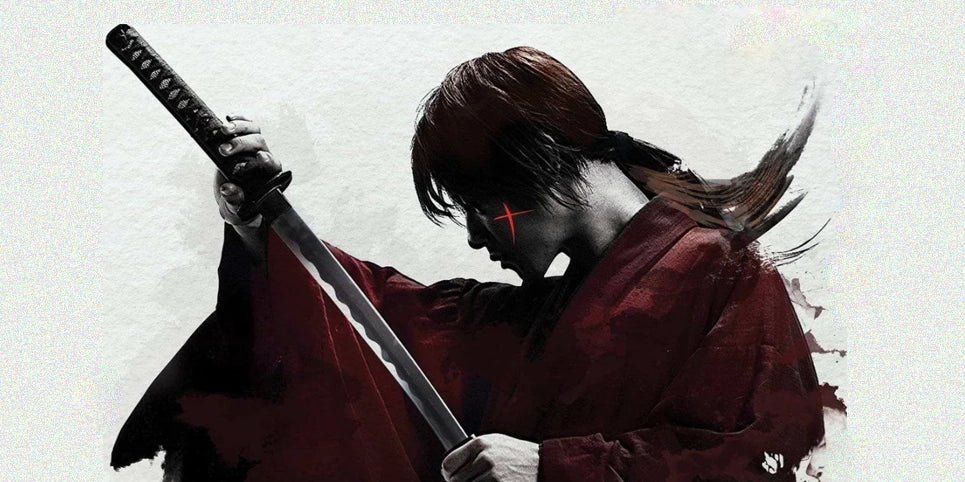
Does the legendary reverse blade katana really exist
Sakabato is a special blade design that refers to the katana with a blade on the back of the sword,A movie (Rurouni Kenshin) brought Katana, the reverse blade, to everyone's attention. In fact, in ...
Read moreSamurai with katana
The spirit of Bushido has had a long-lasting influence on Japanese culture and history. Throughout Japanese history, the personal characteristics and attitudes of the samurai have been quite different from those of the common soldier; the samurai operated under a strict and noble code of ethics, and the culture of kendo centered around the katana, the exclusive weapon of the samurai, extending its graceful appearance and philosophy beyond combat and into the lives of the Japanese people in general. And, the katana is seen as the perfect extension of its owner.
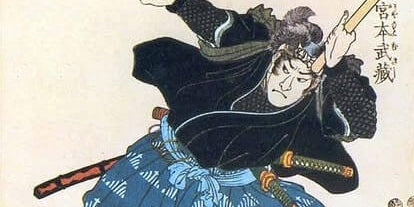
Who is the samurai Miyamoto Musashi?
What are the life and achievements of miyamoto musashi, one of the most prestigious and controversial swordsmen of Japan's history, who is not only famous for his extraordinary swordsmanship skills...
Read more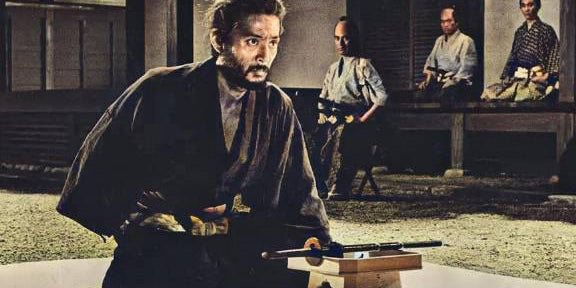
Japan has always revered the spirit of Bushido, especially during the Warring States period, and there were many famous military generals, and while we long for their heroic deeds and political pow...
Read more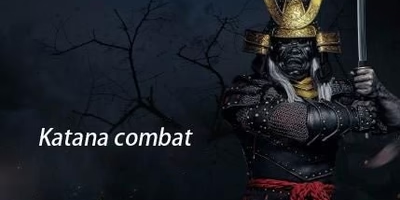
Katana combat-Is it really that powerful?
Katana is the inner soul of the world-famous samurai spirit of the Yamato nation, whether in film and television drama or anime, as long as the appearance of the Japanese samurai, there must be kat...
Read moreAppreciation and care of katana
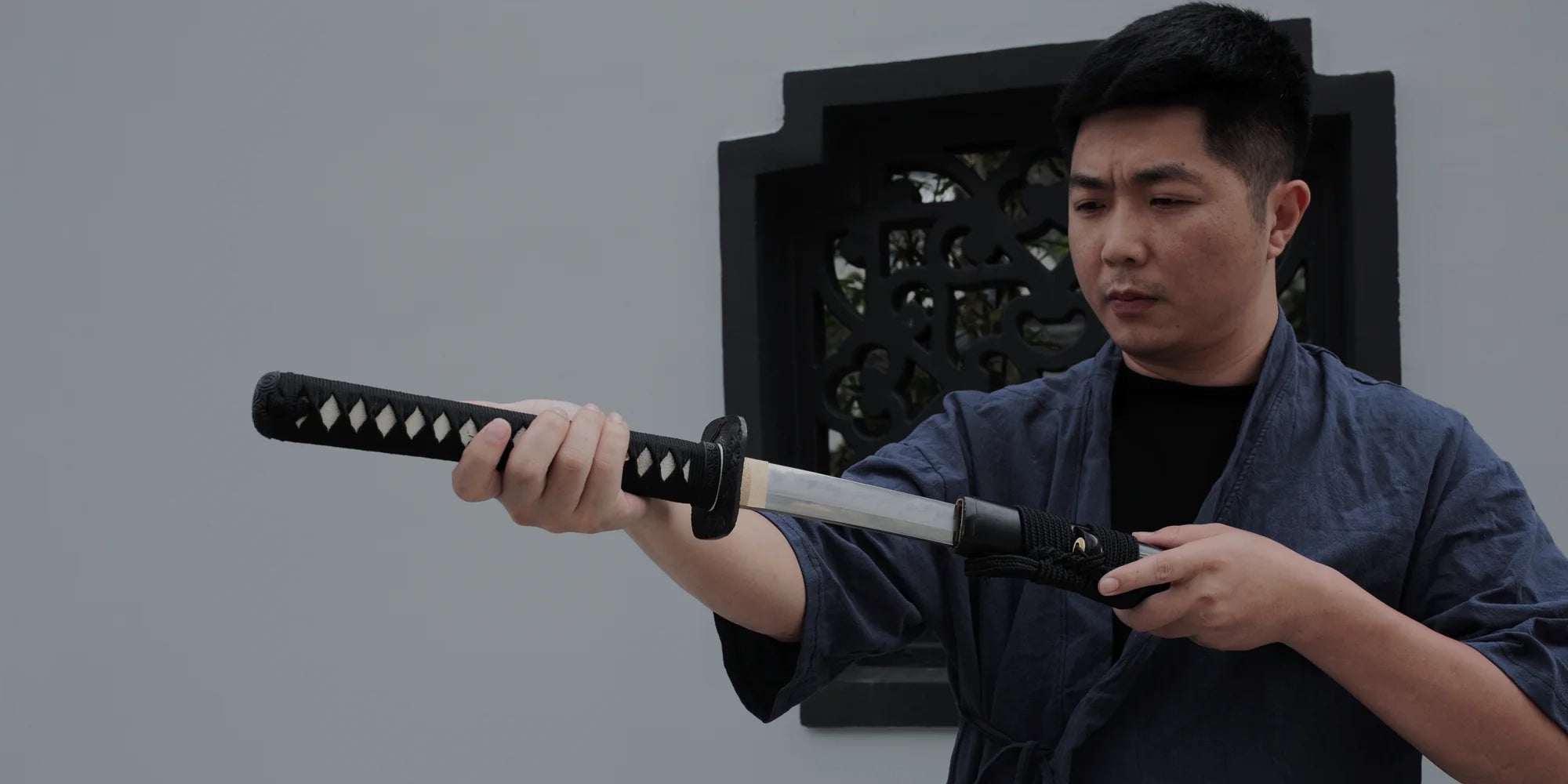
What is the correct buy japanese katana process,japanese katana on the market are of varying quality,Prices vary very widely, which tends to confuse people that,japanese katana buy What points shou...
Read more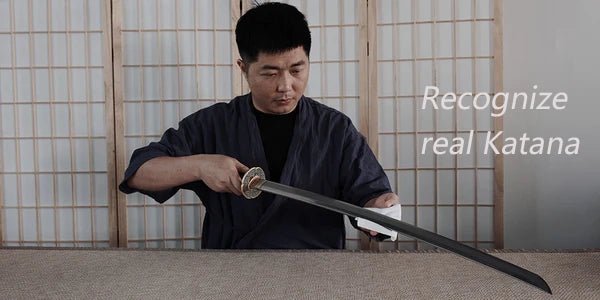
Real Katana - How to recognize good and bad katana
The price of katana is very confusing, the cheap ones cost a few tens of dollars, while the more expensive ones cost thousands or even tens of thousands of dollars, so how can you tell if a katana ...
Read more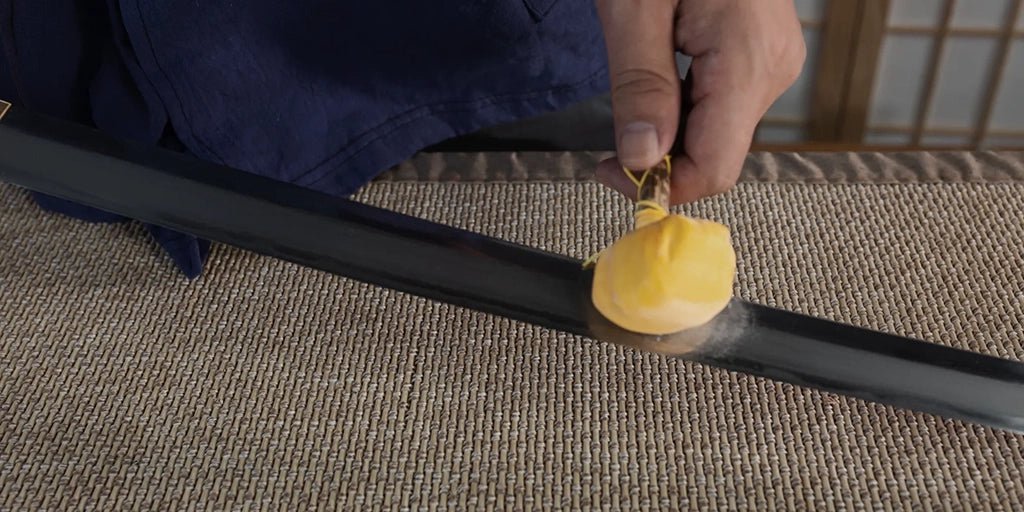
Japanese swords need regular maintenance to keep them in good condition. Whether grinding a new sword or repairing an old one, these last decorative details must be carefully protected. Japan has d...
Read more